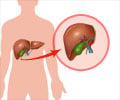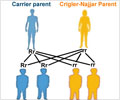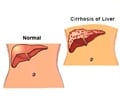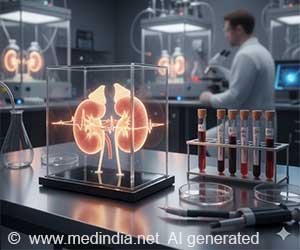A technique called Auxillary partial orthotopic liver transplantation, where the original native organ regenerates after a while, with the transplanted liver destroyed slowly by body’s immune system.
“Partial Liver transplantation, transplanted liver functions till the patient’s original liver regenerates.”
Doctors in USA have been trying out a new method of partial liver transplantation, called Auxillary partial orthotopic liver transplantation, which has shown lot of promise especially in children.The method is based on two known facts – Liver has a tremendous ability to regenerate and children’s organs heal much faster than adults. When small children suffer from acute liver failure doctors offer the parents, partial liver transplantation as an option.
What this means, is that since the liver regenerates, they remove only part of the child’s liver and attach only part of the donor’s liver so that the liver can do the job while the child’s own liver starts regenerating. We all know that when a transplant happens the patient is given strong doses of immuno suppressants to accept the new organ. In this new procedure, the immuno suppressants are slowly withdrawn thus, on one hand the original liver regenerates and on the other hand, the foreign donor organ is attacked by the child’s own immune system and slowly destroyed.
That way, there is a beautifully orchestrated transplantation where the donated organ functions only till the child’s organ regenerates and sort of leaves when its job is done. The procedure takes the body’s own immune system into the equation and gives back the body to its natural course. This regeneration can take from 1 year onwards. Only in few cases has the liver failed to regenerate.
It is a big relief for parents that their child can have as normal childhood as other children without lifelong dosage of immuno suppressants that expose the body to infections, even cancer and have a healthy life. The cost to be incurred for these drugs is yet another cause for relief!
But not all children can qualify for this operation, since the procedure is much longer, which needs large amount of intravenous fluid thus exposing the child to brain swelling and is more risky and difficult compared to the usual liver transplantation.
GYT
 MEDINDIA
MEDINDIA




 Email
Email










